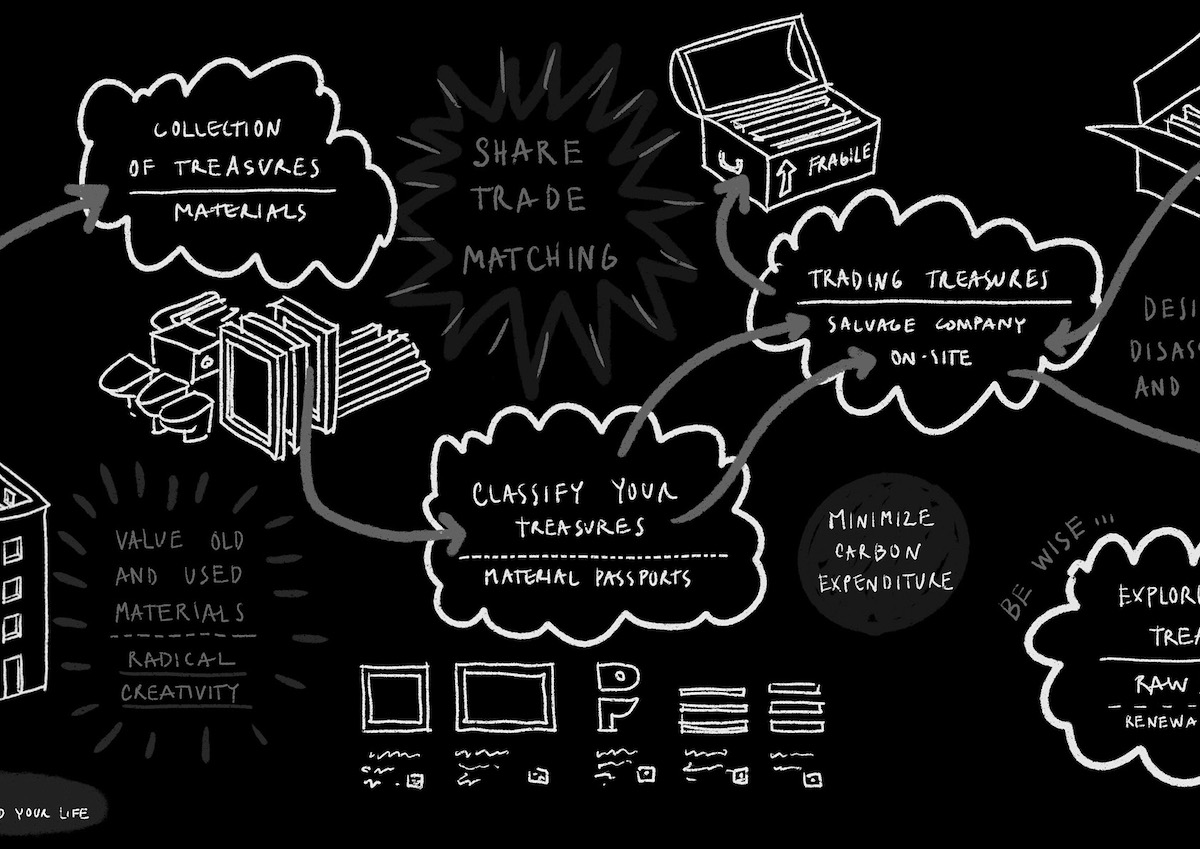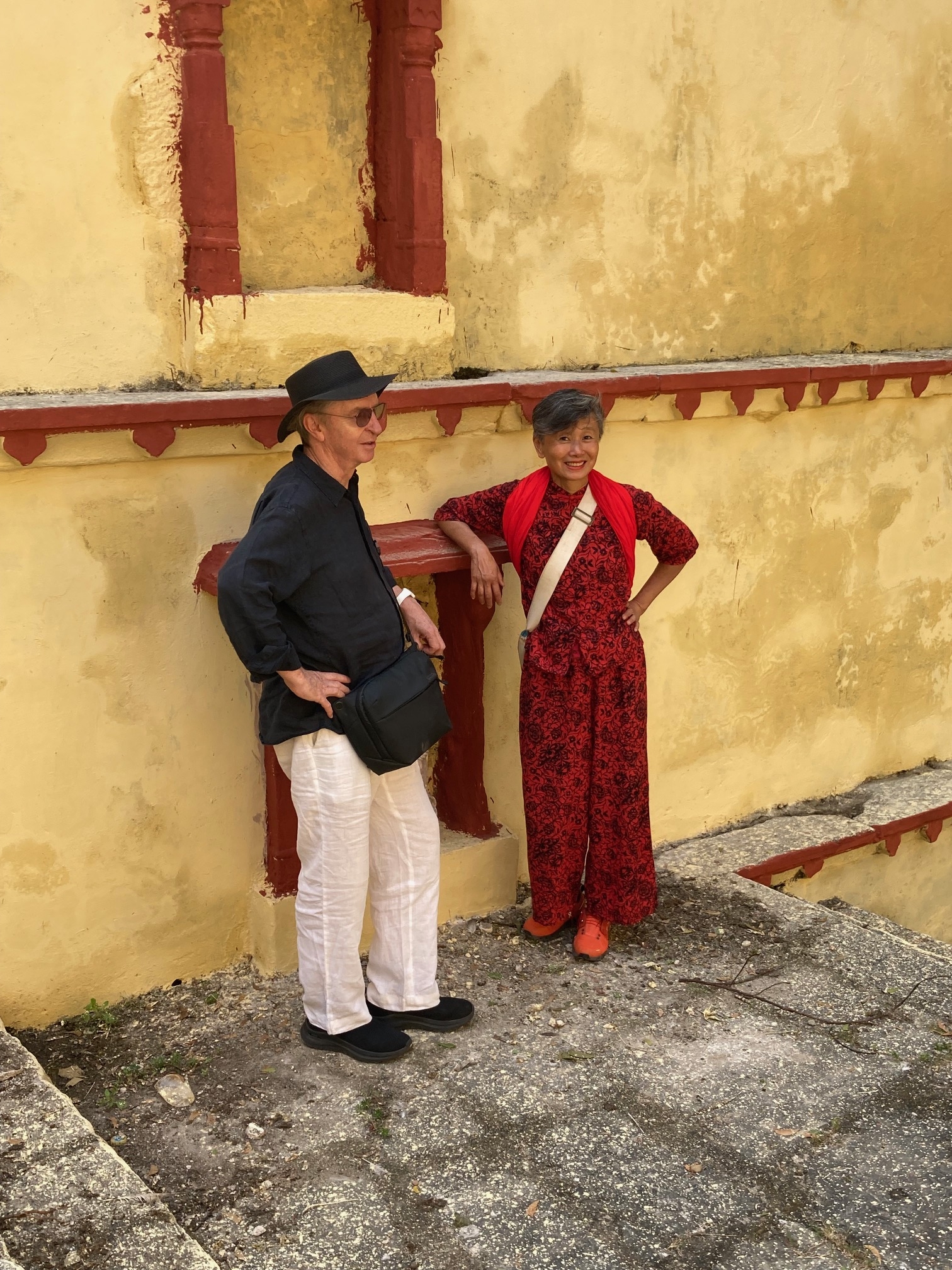The streets of Paris seem to expand and contract in a kind of rhythm and frequency that feels like the city is pulsating, palpable even on foot, writes Alison Brooks.

Since deserting Canada in 1988 I have spent the intervening 19 years in London, so it goes without saying that it is my kind of town – though it’s more accurate to say that London fosters my kind of culture rather than my ideal form of city. To say Paris is one’s favourite city is of course a cliché, but I think it would be irresponsible to lay claim to any other extraordinary city that I had visited only once or twice on holiday. From the timewarp that is Kathmandu, to thirteenth century Florence, with goats and chickens staring out from carved and candle-lit doorways, or Havana, with its opulent Spanish Baroque streetscapes where you can drive for an hour through the centre of town and not see a single shop, advertisement, nor any sign of western consumer culture… So I have chosen Paris – I’ve been there many times, I know my way around, I know the shops I like, which streets are noisiest for hotels, which have the best bars for the afternoon sun and where in the Marais to get the best falafels. Surprisingly, Paris and London are about the same size, with populations of around 11.5 million in their metropolitan areas yet, conceptually and physically, Paris seems so much more manageable.
My love affair with Paris probably started in the summer of 1984. The city was the first stop on a four week grand tour, which would end with the Rome semester of my fourth year of architecture school. I was incredibly lucky to be able to stay with my cousin, whose partner was project architect of the new Paris Opera, in a simple but beautiful first floor flat on the Place des Vosges. I’ll never forget staggering from the Gare du Nord at five in the morning, across baking pavements scattered with steaming dog crap, then entering the serene grandeur of the Place. It was kind of like arriving in heaven, and probably my first real experience of designed urban space. As the sun rose we had unforgettable croissants and coffee in the Ma Bourgogne, the bistro that has occupied the south-west corner of the square for about 250 years.
Place des Vosges is Paris’ oldest square, built when the population of the city was only 400,000, yet it still feels monumental, gracious, and domestic at the same time. It consists of 39 houses joined by a continuous ground floor colonnade. The central square has a certain French formality yet it manages to accommodate a large children’s playground. My cousin’s flat had enormous doors that opened to overlook the square, making the whole room into a balcony – since then I’ve considered any window that doesn’t reach the floor to be more or less a mistake.
There is something about the generosity of scale of Paris’ streets and public spaces – the Place du Louvre, the Hotel de Ville, Place de la Concorde – that makes you feel the spirit of Renaissance humanism and the Enlightenment, with man at the centre of the universe. They also make you realise how badly we underestimate the potential of urban spaces today. Why do we make everything so small, and why do we fill up every square inch of central London with buildings? The narrow streets of the Marais and the Rive Gauche have an old world charm that could seem claustrophobic, but this is alleviated by the breathing spaces of the squares, the boulevards and the Seine. The river’s bridges, as many built for pedestrians as vehicles, seem spacious and peaceful compared with the manic, steely crowdedness of London’s only footbridge. The streets of Paris seem to expand and contract in a kind of rhythm and frequency that feels like the city is pulsating, palpable even on foot. And there is a generosity not only in the scale but in the melancholy of the wide boulevards. It allows everyone to partake in an urban scenography that seems to be waiting to be captured by the lens of a camera.
Of course this rose-tinted view doesn’t address the messy complexity of the suburbs, nor the racial and economic problems faced by the French capital. But somehow even the surreal landings of modernity – Beaubourg, Charles de Gaulle airport, La Defense, La Villette – despite their flaws and idiosyncrasies, speak of courage, a leap of faith into the future that London has yet to deliver. Paris strives to be a place where artfulness and experimentation at an urban scale aim to coexist with ‘the social contract’ – that is its promise and that’s why I always want to return.
Founder in 1996 of Alison Brooks Architects, whose current projects include Folkestone Performing Arts Centre
AT177/April 07 p80.
[visual-link-preview encoded=”eyJ0eXBlIjoiaW50ZXJuYWwiLCJwb3N0IjoxNDU5NzYsInBvc3RfbGFiZWwiOiJQb3N0IDE0NTk3NiAtIEFsaXNvbiBCcm9va3MgQXJjaGl0ZWN0cyB3aW5zIEhvbWVydG9uIENvbGxlZ2UgY29tcGV0aXRpb24iLCJ1cmwiOiIiLCJpbWFnZV9pZCI6MTQ1OTc0LCJpbWFnZV91cmwiOiJodHRwczovL2FyY2hpdGVjdHVyZXRvZGF5LmNvLnVrL3dwLWNvbnRlbnQvdXBsb2Fkcy9BbGlzb24tQnJvb2tzLUFyY2hpdGVjdHMtSG9tZXJ0b24tQ29sbGVnZS1DR0ktRmlsaXBwby1Cb2xvZ25lc2UtSW1hZ2VzLTAzLXYyLmpwZyIsInRpdGxlIjoiQWxpc29uIEJyb29rcyBBcmNoaXRlY3RzIHdpbnMgSG9tZXJ0b24gQ29sbGVnZSBjb21wZXRpdGlvbiIsInN1bW1hcnkiOiJBbGlzb24gQnJvb2tzIEFyY2hpdGVjdHPigJkgY29tcGV0aXRpb24td2lubmluZyBkZXNpZ24gd2lsbCBwcm92aWRlwqBIb21lcnRvbiBDb2xsZWdlIGF0IHRoZSBVbml2ZXJzaXR5IG9mIENhbWJyaWRnZSB3aXRoIGEgbmV3IGVudHJhbmNlIGJ1aWxkaW5nIGFuZCBhbiBleHBhbmRlZCBsaWJyYXJ5LiIsInRlbXBsYXRlIjoidXNlX2RlZmF1bHRfZnJvbV9zZXR0aW5ncyJ9″]













